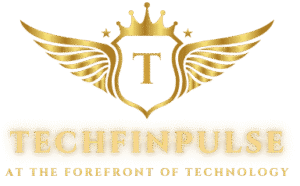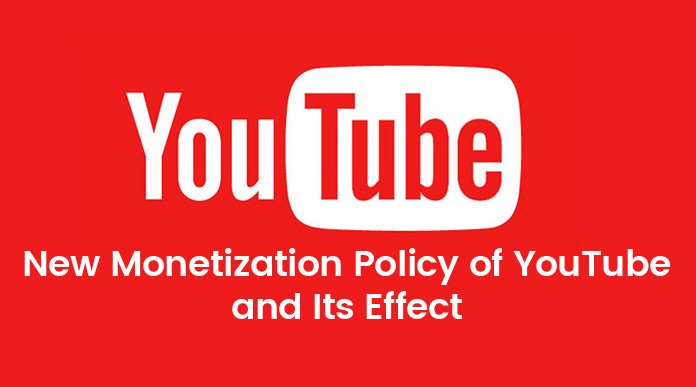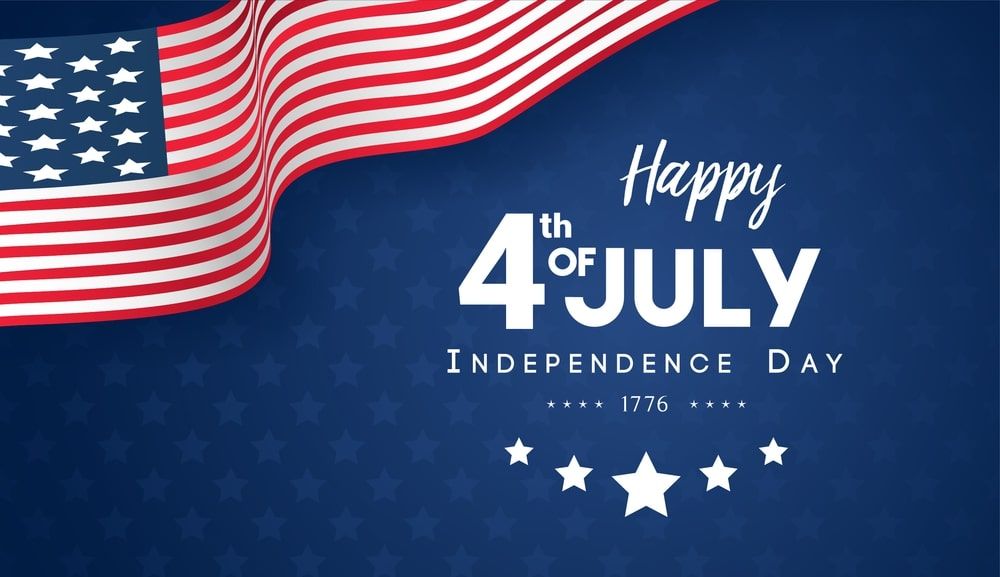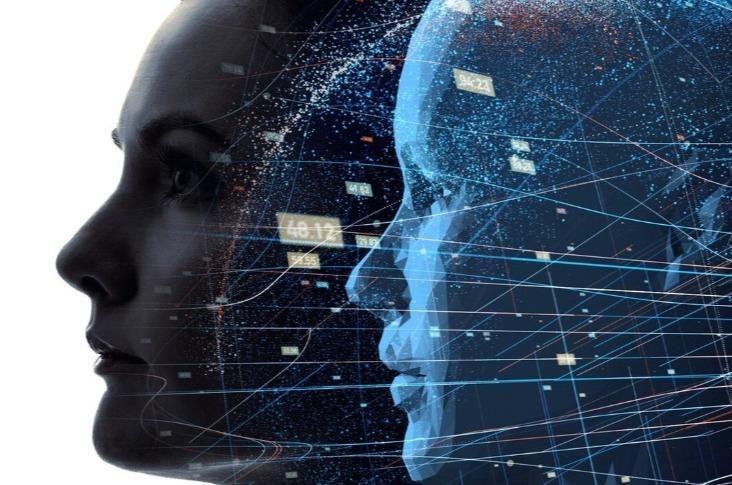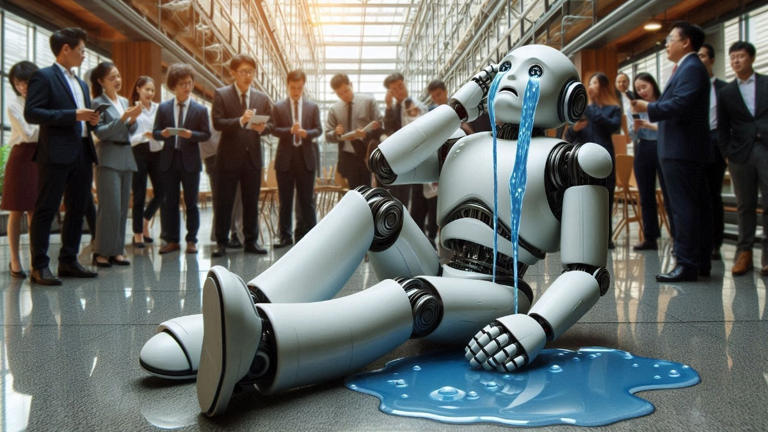YouTube’s latest monetization policy update, effective July 15, 2025, is shaking things up for creators worldwide. If you’re a content creator, you might be feeling a mix of excitement, confusion, or even a bit of worry about what this means for your channel. Don’t sweat it! This article dives deep into the new rules, how they impact creators, and actionable tips to keep your revenue flowing. Whether you’re a faceless channel, a reaction video guru, or a vlogging pro, we’ve got you covered with everything you need to know to thrive under YouTube’s new guidelines.

What’s Changing with YouTube’s Monetization Policy?
YouTube’s updated YouTube Partner Program (YPP) guidelines are cracking down on “mass-produced,” “repetitive,” and “inauthentic” content. The goal? To reward creators who pour heart and soul into original, human-driven videos while weeding out low-effort, spammy content that clogs the platform. Here’s the breakdown:
- Originality is King: Videos must showcase human creativity—think unique commentary, creative editing, or engaging storytelling. AI-generated slideshows, synthetic voiceovers with no personal touch, or recycled clips without transformation won’t cut it anymore.
- No Ban on AI or Reactions: Good news! AI tools and reaction videos are still allowed, but they need to add substantial value. For example, a reaction video with thoughtful analysis or a unique narrative can stay monetized, but a lazy clip compilation might not.
- Same Old Requirements, New Scrutiny: The YPP eligibility (1,000 subscribers, 4,000 watch hours in 12 months, or 10 million Shorts views in 90 days) hasn’t changed. However, even if you hit these numbers, your content must pass YouTube’s authenticity test.
- Enforcement is Coming: Starting July 15, 2025, YouTube will use automated systems and manual reviews to flag non-compliant content. Penalties could include demonetization of specific videos, suspension from YPP, or even losing monetization entirely.
This shift is YouTube’s way of boosting viewer trust and keeping advertisers happy by ensuring ads run alongside high-quality, authentic content. But what does it mean for you?
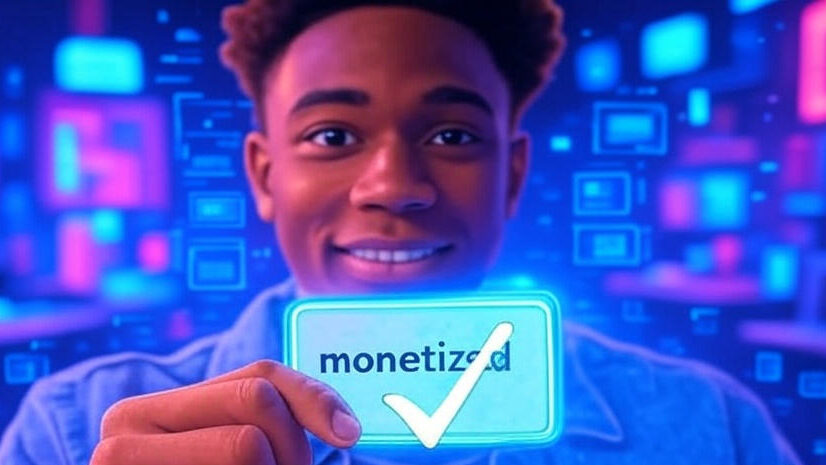
How the New Policy Impacts Creators
The changes hit different creators in different ways. Let’s unpack the winners, the challenges, and what you can do to stay in the game.
1. Faceless and AI-Driven Channels Face the Heat
If you run a faceless channel or lean heavily on AI tools for slideshows, gameplay videos, or synthetic voices, you’re in the hot seat. YouTube is targeting content that feels “mass-produced” or lacks human creativity. For example:
- At Risk: Channels pumping out AI-generated “fake trailers,” unedited gameplay with robotic narration, or templated slideshows with minimal effort.
- What to Do: Add a personal touch! Record original voiceovers, create unique visuals, or weave a compelling story. Virtual YouTubers with avatars can still thrive if they bring authentic commentary or personality.
2. Reaction Channels: Adapt or Risk Demonetization
Reaction videos aren’t banned, but they need to be transformative. Simply stitching together clips with minimal commentary won’t fly. YouTube wants reactions that add value—think in-depth analysis, humor, or a unique perspective.
- At Risk: Channels that compile trending clips with generic reactions or no commentary.
- What to Do: Level up your reactions with creative editing, personal insights, or storytelling. For example, a music reaction video could include your analysis of the lyrics or production techniques.
3. Opportunities for Authentic Creators
If you’re creating original content—vlogs, tutorials, comedy skits, or educational videos—you’re in a great spot! YouTube’s policy rewards creators who invest time and creativity. Plus, with less spammy content clogging the platform, your videos could get more visibility and ad revenue.
- Pro Tip: Lean into YouTube’s “Player for Education” feature if you create educational content. It’s a new way to earn revenue from videos used in schools.
4. Uncertainty Looms for Small Creators
Smaller channels might face stricter scrutiny, as YouTube’s enforcement could disproportionately affect those still building their audience. The vague terms like “repetitious” or “inauthentic” leave room for interpretation, which can feel daunting.
- What to Do: Focus on quality over quantity. Even with a small audience, unique and engaging content will help you stay compliant and grow.
Why YouTube is Making These Changes
YouTube’s move isn’t just about cleaning up the platform—it’s about long-term sustainability. Viewers are fed up with low-effort, clickbait-heavy content, and advertisers want their ads tied to trustworthy creators. By prioritizing authenticity, YouTube aims to:
- Boost Viewer Satisfaction: Less spam means happier viewers who stick around longer.
- Keep Advertisers Happy: Authentic content builds trust, encouraging brands to invest more in YouTube ads.
- Stay Ahead of AI Trends: With AI tools making content creation easier, YouTube wants to ensure human creativity remains at the core of its platform.
This isn’t the first time YouTube has tightened the screws. Remember the 2018 monetization changes that introduced the 1,000-subscriber and 4,000-watch-hour thresholds? This update builds on that, targeting modern challenges like AI-driven content farms.
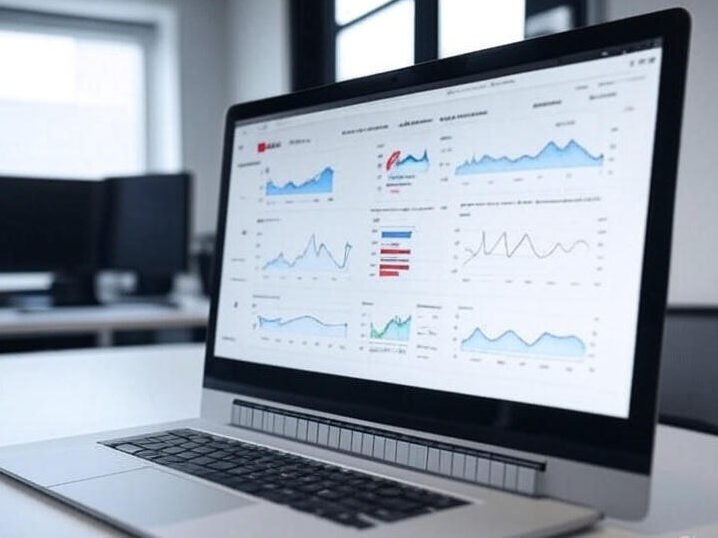
How to Thrive Under the New Rules
Don’t let the changes scare you! Here are practical tips to keep your channel monetized and growing:
- Add Human Flair: Whether it’s your voice, editing style, or storytelling, make sure your videos scream you. For example, if you use AI for visuals, pair them with original commentary or a unique narrative.
- Check YouTube Studio Regularly: Monitor your analytics and compliance reports to catch any demonetization flags early. If a video gets demonetized, appeal with evidence of your creative input.
- Diversify Your Income: Don’t rely solely on ad revenue. Explore channel memberships, Super Chats, merch, or affiliate marketing to cushion any policy impacts.
- Focus on Engagement: Create content that sparks comments, likes, and shares. YouTube’s algorithm loves engagement, and it’ll help your videos stand out.
- Stay Updated: YouTube is expected to release more enforcement details by July 15, 2025. Check the official YouRum or policy changelog for the latest.
What Creators Are Saying
The creator community is buzzing with mixed feelings. On X, some creators cheer the policy for curbing AI-driven spam, while others worry about its impact on reaction channels or smaller creators. YouTube’s Head of Editorial & Creator Liaison, Rene Ritchie, emphasized that this is a “minor update” to better detect ineligible content, not a blanket ban on formats like reactions. Still, the lack of clear enforcement details has left some creators on edge.
FAQs About YouTube’s New Monetization Policy
Q: Will AI-generated content be completely demonetized?
A: No, AI-generated content is fine as long as it adds substantial human value, like original commentary or creative editing.
Q: Are reaction videos banned?
A: Nope! Reaction videos are monetizable if they’re transformative—think in-depth analysis or unique perspectives.
Q: How will YouTube enforce the new rules?
A: YouTube will use automated systems and manual reviews, but specific penalties (e.g., video demonetization vs. channel suspension) are still unclear.
Q: Can small creators still monetize?
A: Yes, but you’ll need to focus on authentic, high-quality content to pass YouTube’s scrutiny.
Q: Where can I learn more?
A: Check YouTube’s official Help Center or policy changelog for updates.
Conclusion: Embrace the Change and Shine
YouTube’s new monetization policy might feel like a hurdle, but it’s also a chance to stand out. By focusing on originality, engaging your audience, and diversifying your revenue streams, you can turn this change into an opportunity to grow your channel and connect with viewers like never before. Stay creative, stay authentic, and keep an eye on YouTube’s updates to navigate the new rules with confidence.
Disclaimer: This article is based on information available as of July 17, 2025, and YouTube’s policies may evolve. Always refer to YouTube’s official resources for the latest guidelines.
Related Links:
